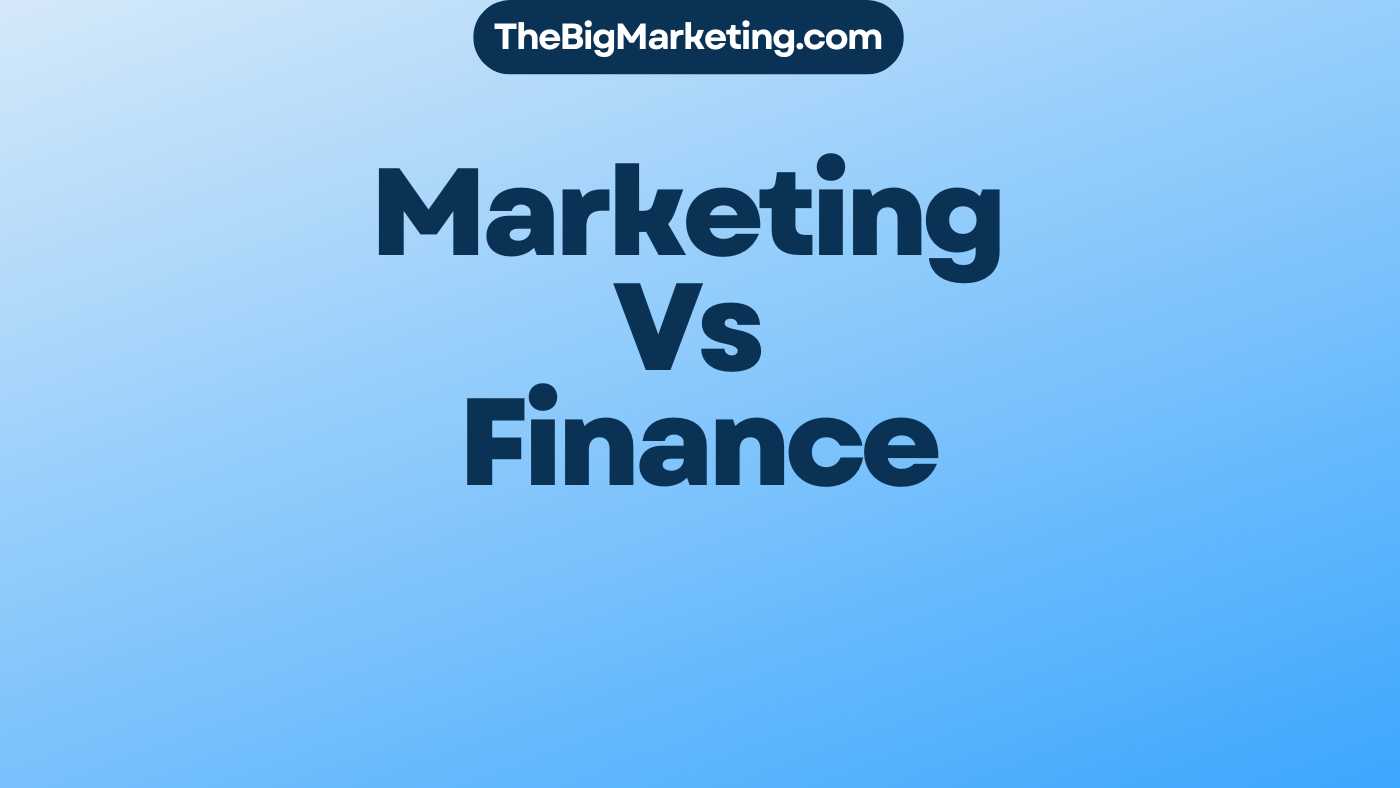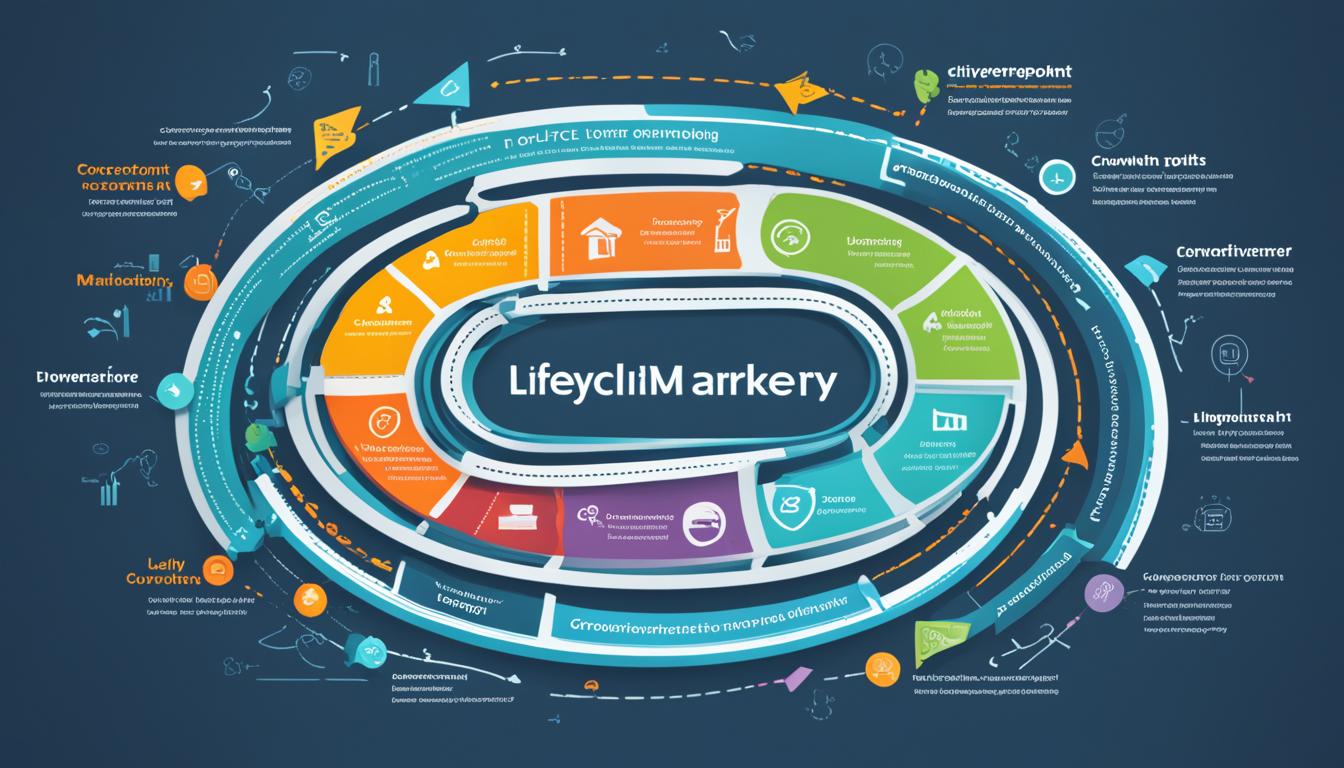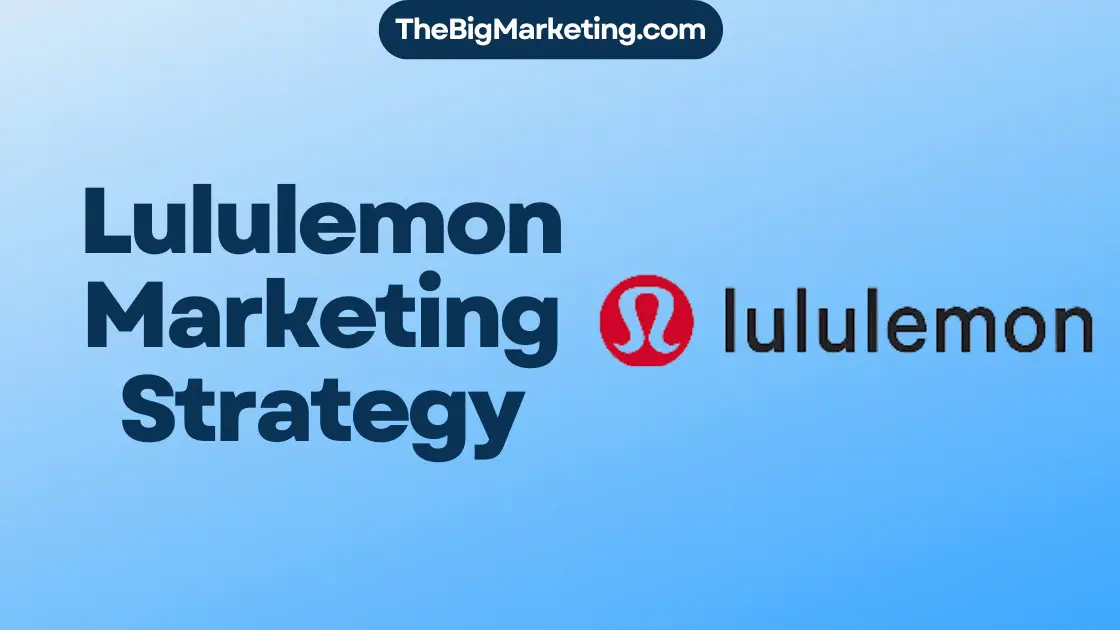Omnichannel marketing lets businesses give customers a unified experience across multiple channels. It means connecting with customers through websites, social media, email, and phone. This creates a consistent and tailored journey for each customer. Unlike old-school marketing, it links all channels to make the shopping experience better.
In our online world, being able to shop easily and whenever is what customers want. So, businesses, especially those selling stuff directly to us, really need to get omnichannel marketing right. It not only reaches more people but also makes customers happier and more loyal. Happy customers and quicker problem-solving lead to more sales and earnings.
Key Takeaways:
- Omnichannel marketing provides a unified experience across multiple channels.
- It goes beyond traditional multi-channel marketing by deepening integration between channels.
- Omnichannel marketing offers a seamless customer experience and enhances satisfaction and loyalty.
- It can resolve customer issues faster and result in increased profits.
- The retail industry particularly benefits from adopting an omnichannel strategy.
What is the Omni-Channel Experience?
The omni-channel experience makes shopping easy, no matter where or how customers choose to shop. It integrates marketing, selling, and customer service across all platforms. This ensures a smooth and consistent experience for everyone.
It’s all about connecting with customers in a cohesive way. Whether they’re online or in a store, the experience feels the same. It offers a unified journey from start to finish.
It’s different from old-school multi-channel strategies. Omni-channel considers every device and platform. It aims to provide a seamless experience at every point. This way, customers enjoy a frictionless and full journey.
Omni-Channel Marketing vs. Multi-Channel Marketing
People often mix up omni-channel and multi-channel marketing. Both spread the word through many channels. But, omni-channel is about a smooth customer journey across all platforms.
Multi-channel marketing gives customers many ways to connect. But these channels might not talk to each other. So, customers might get mixed messages.
Omni-channel marketing, however, links all channels for a smooth flow. It creates a consistent brand message. This way, customers enjoy a smooth switch between platforms.
Not every multi-channel experience is omni-channel. Omni-channel marketing makes sure all platforms are in sync. This creates a clearer path for the customer.
Let’s look at an example to see the differences:
| Criteria | Multi-Channel Marketing | Omni-Channel Marketing |
|---|---|---|
| Channel Integration | Channels may operate independently without synchronization. | Channels are connected and provide a seamless experience. |
| Consistent Messaging | Messaging may vary across different channels. | Messaging is consistent across all channels. |
| Customer Experience | Customers may experience inconsistencies and a disjointed journey. | Customers enjoy a seamless and consistent experience. |
Omni-channel marketing aims for a connected experience over all channels. It links these channels and keeps the message consistent. This approach boosts brand loyalty and customer satisfaction. In turn, it helps businesses do better.
The Benefits of Omni-Channel Marketing
Omni-channel marketing brings several advantages for businesses. A key benefit is it increases your reach. Companies can meet customers on many channels, platforms, and devices. This means they can connect with more people, everywhere.
This strategy also ensures a smooth experience across all touchpoints. With a consistent brand presence, customers can interact through their favorite ways. They enjoy a connected journey. This boosts their happiness and loyalty to the brand.
Omni-channel marketing allows for quicker problem-solving too. Being active on many channels means offering different ways for customers to get help. They can find support when they need it. This shows the company cares about their satisfaction.
Moreover, it helps in making more money. Offering various channels for shopping makes buying easy and convenient. More convenience leads to more sales, which increases revenue and profitability.
In short, omni-channel marketing strategy helps businesses reach more people, provide a better customer experience, solve problems faster, and make more money. It matches modern consumer needs and gives companies an edge in today’s digital world.
How to Build an Omni-Channel Marketing Campaign
To start an effective omni-channel marketing campaign, you need a good plan and action. Achieve a consistent and smooth brand experience for customers on all channels and devices by following these important steps:
Establish Consistent Messaging and Visuals
Begin with setting consistent messaging and visuals that fit your brand’s identity. This includes your brand’s voice, tone, and visual parts like your logo, colors, and images. Make sure these parts are the same on every channel, from your website to your social media pages. Keeping everything consistent is crucial for a strong brand.
Create Compelling Positioning Statements
Make powerful statements that show what makes your brand special and different from others. Use these statements everywhere to strengthen your brand’s message. They should talk about the benefits of picking your brand.
Optimize Your Website
Your website is a vital spot in your omni-channel marketing. Make sure it’s easy to use, works well on all devices, and has clear navigation. Your website’s content should also be current and match your brand’s messaging.
Engage on Social Media
Social media can help you get your brand known and connect with your audience. Post good content regularly, reply to comments, and join in on conversations. Use tools to keep an eye on your brand and chat with your audience directly.
Deliver Exceptional Customer Service
Offering great customer service is key in your campaign. Give a consistent service across all channels. Use a connected customer service platform for easy talks and solving problems quickly. Always respond fast to customers and aim to surprise them in a good way.
Analyze and Optimize
Always look at your campaign’s data and make changes to improve. Study the data from different channels to understand customer habits and what works. Use this information to tweak your strategies and get better results.
| Channels | Steps |
|---|---|
| Website | Optimize your website for a seamless user experience across all devices. |
| Social Media | Create a strong social media presence and engage with your audience. |
| Customer Service | Deliver exceptional customer service across all channels. |
By using these steps and focusing on customers, you can create a strong omni-channel marketing campaign. Success comes from integrating all channels and ensuring your customers have a smooth experience every step of the way.
Omni-Channel Marketing Examples
Several brands have mastered omni-channel marketing strategies. Here are some impressive examples:
OYO Rooms
OYO Rooms is a leading hospitality name. It offers smooth booking across its platforms. This ensures a hassle-free experience for guests.
Target
Target has teamed up with Pinterest, blending digital with physical shopping. Through Target’s app, customers can find items using visual search. This connects online inspiration to buying in-store.
Singapore Airlines
Singapore Airlines merges online and offline worlds. Through their platforms, travelers can book and manage flights easily. They also enjoy a consistent service at airports.
Zumiez
Zumiez caters to clothing and skateboard enthusiasts. Their products are available online and in physical stores. This offers shoppers a versatile and smooth shopping journey.
Sephora
Sephora combines online shopping with in-store experiences. Customers can shop online and then get personalized service in stores. This creates a unified and engaging beauty adventure.
These examples show how brands deliver seamless experiences across various channels. They highlight the success of omni-channel marketing strategies.
Omni-Channel Marketing Platforms
To use an omni-channel marketing strategy well, businesses need various tools. CRM is one key tool. It helps gather and use customer data effectively.
Mailchimp is a platform that helps businesses give a unified experience everywhere. It strengthens customer bonds and opens new marketing opportunities.
Mailchimp makes it easy to reach customers in different ways. It supports email, social media ads, and even postcards. This way, businesses can make content that really speaks to people.
Mailchimp also offers deep insights into what customers like and do. With this info, businesses can make their marketing better and more personal.
Using tools like CRM and Mailchimp, businesses can give customers a smooth experience. They help ensure messages are consistent and relevant across all platforms, making the brand memorable.
Omni-Channel Retail
Omni-channel marketing is crucial in the retail sector. It merges online and offline shopping experiences smoothly. Customers get a consistent experience, whether shopping in stores or online. This strategy helps businesses meet customer needs and improve their purchasing journey across different channels.
One important feature of omni-channel retail lets customers check stocks online or on their mobiles. They get up-to-date info on product availability. It helps them make better buying choices. Also, click-and-collect options combine online shopping’s ease with the advantage of in-store pickup.
Personalizing in-store experiences is another key part. For example, customers might get recommendations based on past online buys. Or, special deals sent to their phones when they’re in the store. By using customer data across channels, businesses can offer unique experiences. This increases customer happiness and encourages more purchases.
Adopting omni-channel strategies helps businesses meet today’s customer expectations. It blends physical stores with online shopping and mobile use. This enhances customer experiences and boosts sales. This approach increases convenience, strengthens customer relationships, and builds brand loyalty.
The Future of Omni-Channel Marketing
The future of omni-channel marketing looks bright, thanks to new technology and changing customer habits. Customers now want experiences made just for them. Brands have to keep up by making their messages and offers fit what customers like and want.
One big change shaping this future is the rise of AI and voice helpers. These tools make it easier to chat and share info across different channels. AI chatbots and assistants can help customers anytime, answer their questions, and suggest things they might like. This makes customers happier and more engaged.
New technologies also help brands understand their customers better. They can collect and study lots of data. This helps businesses craft messages and offers that hit the mark, making the customer experience even more personal.
A key part of omni-channel marketing in the future is making sure all the channels work together smoothly. Customers should find it easy to switch from one platform or device to another without any hassle. This way, the experience they have with a brand is always good, no matter how they interact with it.
For brands to succeed in the future of omni-channel marketing, they must embrace new technologies. They also need to get how customer behavior is changing. Most importantly, they should focus on making customer experiences personal. Doing this will help them connect better with their customers, gain their loyalty, and grow their business.
| Key Aspects of the Future of Omni-Channel Marketing | Impact |
|---|---|
| Personalized Experiences | Enhanced customer engagement, satisfaction, and loyalty. |
| Artificial Intelligence and Voice Assistants | Seamless and intuitive interactions, real-time assistance, and personalized recommendations. |
| Data-driven Insights | Deeper understanding of customer behaviors, preferences, and more targeted marketing campaigns. |
| Seamless Integration | Effortless transition between channels and devices, maintaining a consistent experience. |
Conclusion
Omni-channel marketing is a powerful way to give customers a unified experience. It works across all channels, platforms, and devices. When companies use an omni-channel strategy, they can reach customers anywhere. This brings better customer satisfaction, loyalty, quick problem-solving, and higher profits.
Creating a strong omni-channel marketing campaign needs consistent messages, visuals, and positions. It’s crucial to focus on what customers need and want. By using omni-channel marketing tools and strategies, businesses improve customer experiences. They make sure customers enjoy smooth service no matter where they are.
The future of omni-channel marketing is changing as technology gets better and customer habits shift. Personalized experiences and new tech like artificial intelligence and voice assistants will become more important. Companies that keep up with these changes and focus on a unified customer experience will do well. In today’s digital world, being connected and integrated is essential for success.







